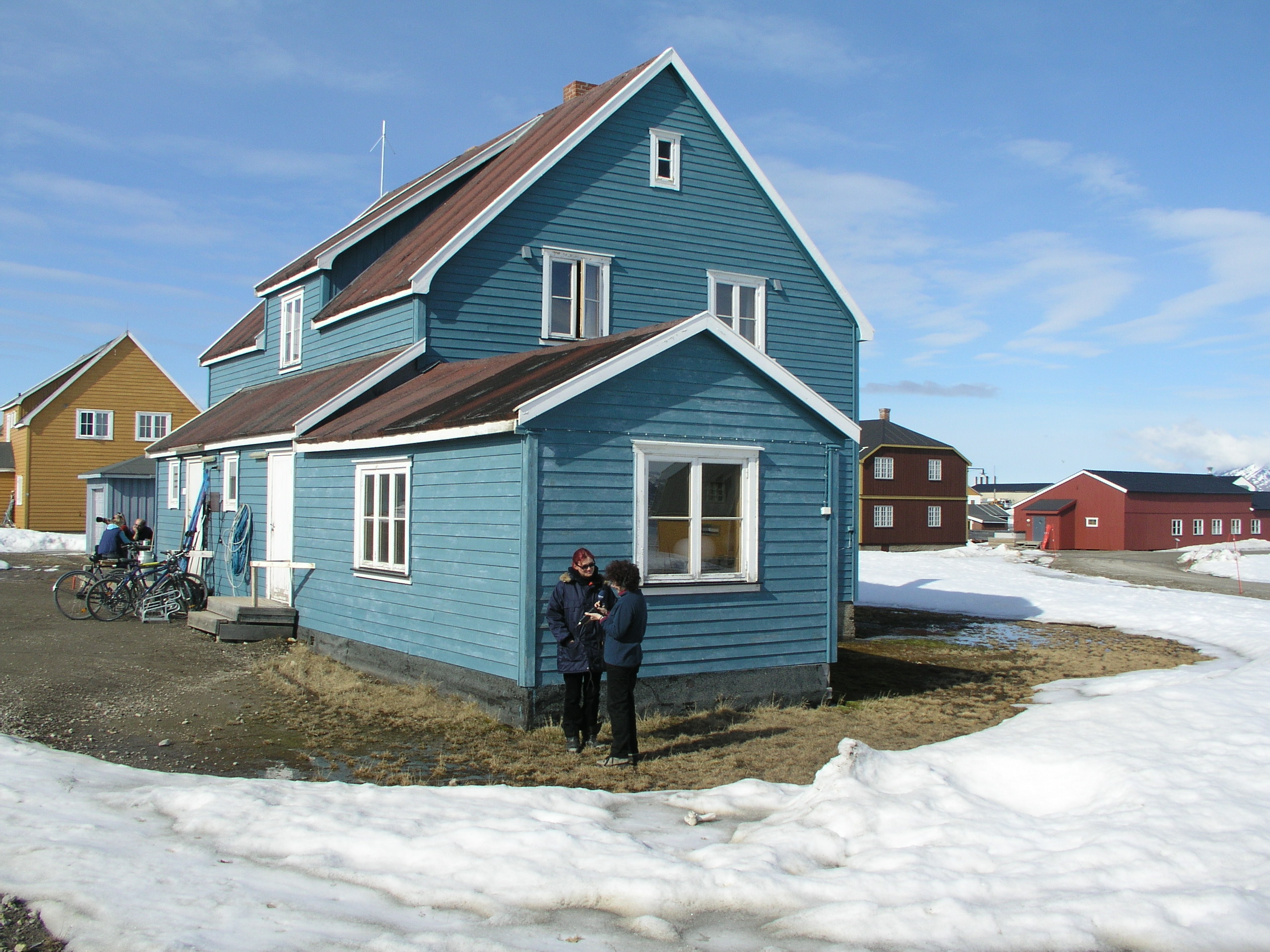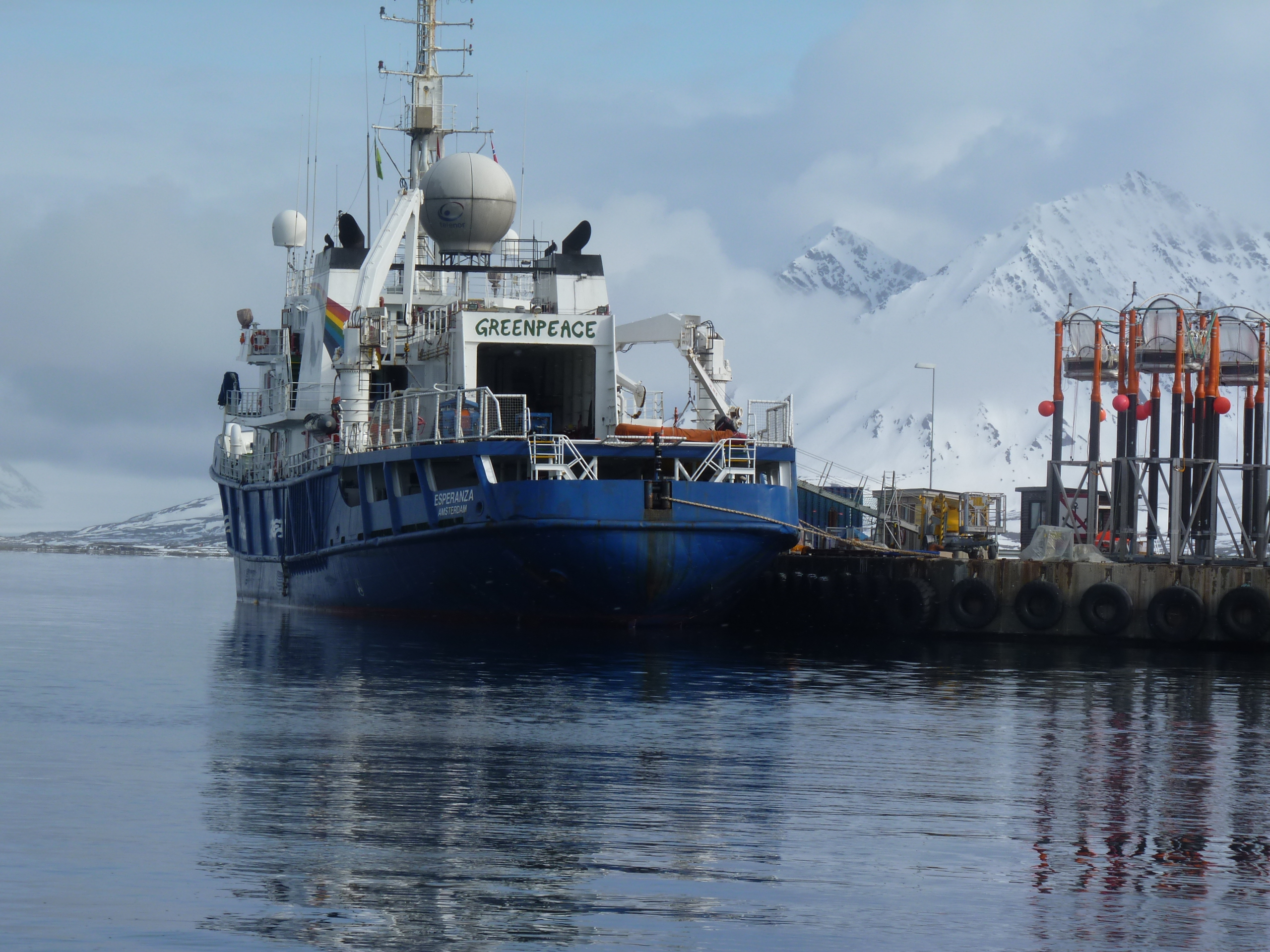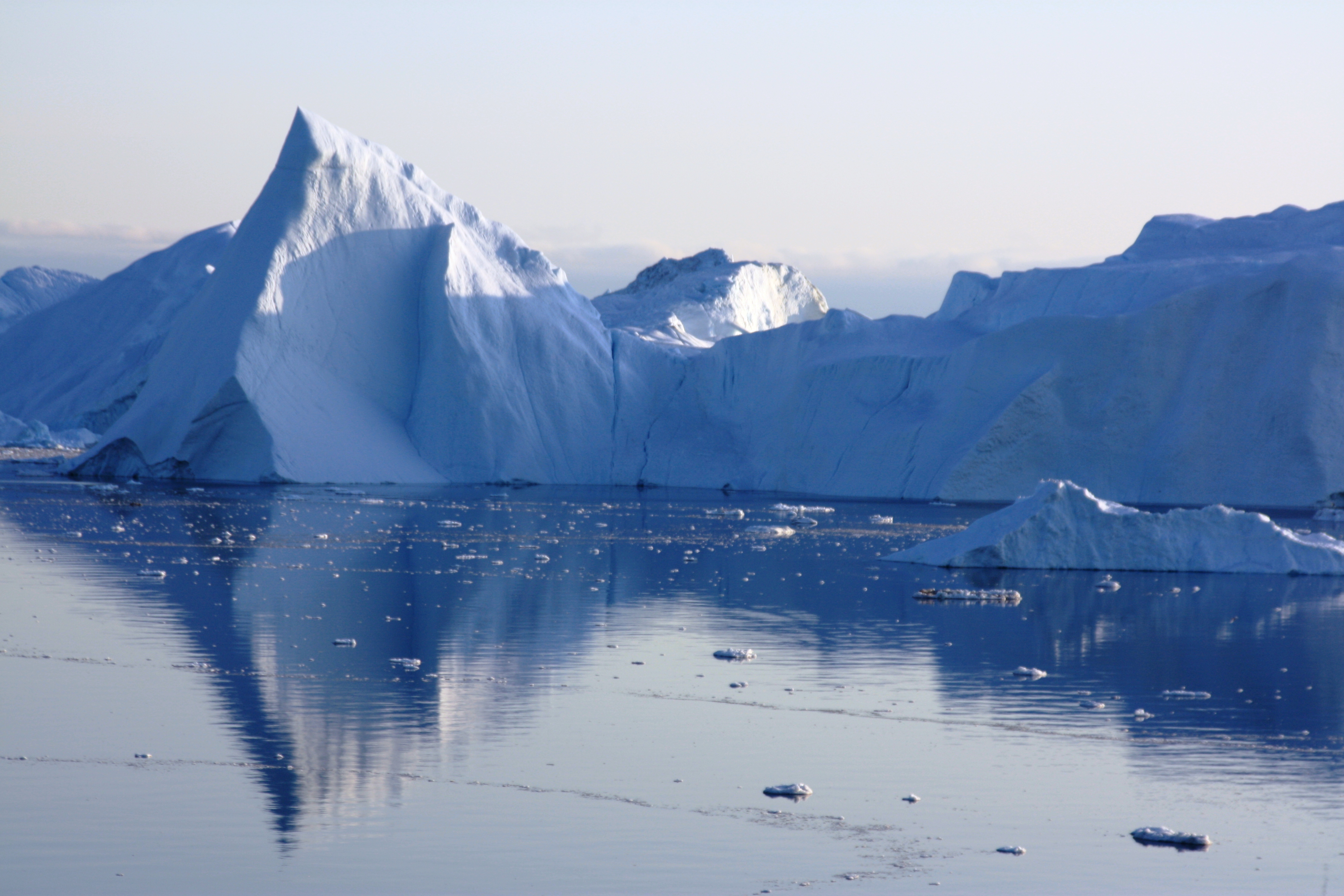Search Results for Tag: musk ox
Kangerlussuaq

Vuew flying over Greenland to the west coast and Kangerlussuaq.
There would probably be no people here if the US military hadn’t been allowed to build a base here in the 1940s. During the war it played an important role supplying the American forces. It was also an important facility during the cold war. It still has the feel of a base with surrounding camp in the “middle of nowhere”.

The US owned the base until the early nineties, then sold it to the Danes for a token price of one dollar – “as it was”. That included all facilities – and, I was told by a guide here, any pollution, unexploded ammunition etc still to be dealt with. There is a no-go area that’s too risky to enter.
Still, the airport has secured the existence of Kangerlussuaq as a hub for air traffic coming in and out of western Greenland. Tourism is on the increase, according to the official tourism reps, as the settlement – now housing around 400 people – is just 40km away from the inland ice, so a base for trips to the ice and expeditions going out onto it or across it. Still, there is not much in the way of an infrastructure, and it doesn’t make the impression of being a booming “resort” or crowded with visitors. The airport terminal has a “hotel” and a cafeteria like a school canteen. There is one shop and a restaurant with restricted opening hours by Lake Ferguson, a lake above the town where the US forces once had their “rowing club”. There’s also Europe’s 2nd most northerly golf course,(after one in Sweden), but the club house looked pretty shut and there’s not much in the way of greens. Definitely no rival to St. Andrews Royal and Ancient, I’d say. But if you’re up to it, undoubtedly one of the most unusual courses in the world.
I stayed at the “Old Camp”, originally the construction workers’ accommodation, now a hostel with basic facilities, 2.5 km on foot or by hired mountain bike from the airport and various prefab buildings that form the “town”? “Village”?.
NEEM has its headquarters here at the “International Science Support Centre” – a grand name for a long container-building that has offices and accommodation for visiting scientists all in one. NEEM is an international consortium which operates an ice core drilling camp three hours flight out onto the ice. I met Professor Christine Hvidberg, from the ice and climate group at the University of Copenhagen, at the science support centre here. She normally works on ice floe modelling, but she’s spending part of her summer – with husband and four children – running the logistics for the ice core operation here at Kangerlussuaq. All the equipment, and a regular exchange of scientists, have to be flown in and out on chartered American military Hercules planes, big enough to carry heavy equipment and able to land on skis.
The drilling operation is going to drill right down through the Greenland ice, more than 2.5 kilometres at the drilling site, to add to previous ice core drilling operations and find the oldest Greenland ice with the climate records it contains, which will help with models for predicting future developments.

Full background on the NEEM website
Muskox have been introduced to these areas from eastern Greenland, where they are indigenous, as I saw at Zackenberg last week.

We didn’t actually see any today, but since a quota can be legally hunted in this area, unlike the north-east national park where I was before, I don’t blame them for keeping a low profile.
Up on one of the hills above town, I got my first glimpse of the inland ice, apparently towering, shining white in the distance. That’s tomorrow’s programme.

In Kangerlussuaq, my attention was drawn to the problems of building on permafrost – or rather the problems when it starts to thaw, as is happening widely across the Arctic at the moment. The foundations start to sink. The wooden structure at the side of this building is actually a fridge, a cooling system, the rods coming out of the ground are iced over, to cool the permafrost under the structure and re-stabilize the building:

At the far end of the settlement, the huskies who pull sledges in the winter, are sweating in the summer sunshine, without any ice poles to cool them down. It’s around 4 degrees C in the morning (there is a change in temperature between morning and “night”) at the moment, but the round-the-clock sun makes the days feel warm.
Deutsche Welle reporters and Ice Bloggers always get the stories from the lead dog’s mouth:

I couldn’t resist this one:

Pathology in the field and intelligent “toy boats”
The ecological monitoring programme here is absolutely huge. They monitor more than 1500 physical and biological parameters, collecting a huge amount of data, which is all made available to anyone working on any of the aspects involved. The idea is to get as wide and complete a picture as possible of a high Arctic ecosystem against the background of a changing climate.
There is not much they don’t monitor here. Rocks on hilltops are marked with paint and the state of the paint checked to see the effect of wind abrasion. There are cameras and sensors installed in almost inaccessible places. And the team needs to know everything about all the creatures on their “census list”. So when Lars and I came across the remains of a deceased musk-ox on our walk (did I already say our scientific chief could win any Scottish hill-running race?) to count the living population, he had to get the surgical implements out of his pack and record the details.

In the cold Arctic climate, dead creatures are well preserved for a long time – apart from the meat, which provides a feast for foxes, birds and the odd Arctic wolf. Whenever a musk ox carcass is found, it is marked and registered. Our fellow (yes, Lars can tell, see above) had not been discovered previously. The site was slightly smelly, but not too bad.
This was my chance to get a very close look at the anatomy of a musk ox. They have beautiful fur (they leave fluffy samples all over Zackenberg valley) and surprisingly fine white teeth that would delight any dentist. The skeleton (well cleaned by the foxes) shows their extremely strong neck – they fight each other with their heads. Lars extracted a piece of skin with hair from the head, which still had tissue on it. He thinks it’s a bit tough for scavengers. Then he got out his knife and sawed through a bone to check the state of the bone marrow.
The samples are examined by specialists back in Denmark. Lars wasn’t able to say anything about the cause or exact time of death. (Maybe I’ve been reading too many murder mysteries). The Arctic wolf is the only predator that would be strong enough to take a musk ox. But there is no evidence that wolfie was the culprit here. Maybe our fluffy skeleton just died of completely “natural” causes.
Back at the station, Julie and Tower (our 2nd logistician, named for his height – 2 metres) were down at the river Zackenbergelven, apparently playing with a remote-controlled boat, Actually, they are measuring the flow, sediment and nutrient content. They do this by means of a small, yellow boat attached to an overhead wire. They move it a little at a time and Julie gets the measurements taken by its sensors on her hand-held device.

The river is flowing very fast now, with glacier and snow melt. This means we can’t cross it, which has to be done in a rubber dingy attached to a stronger set of overhead cables. You have to pull yourself across in the boat. I’m told it requires considerable skill and strength not to fall in, which is a dangerous business with the cold and the current. “We would have to come and rescue you Irene”, says Philip, “and we are very busy at the moment”. Do I sense a lack of confidence in my muscle-power?
The Arctic “Beastie” – The Musk Ox
We had a special highlight in the camp today. Six musk oxen came in to graze just on the other side of the river. They are amazing creatures, huge bundles of fur on thin-looking white legs, curved horns. They only occur naturally in Eastern Greenland and a part of Canada, but some populations have been reintroduced in other Arctic areas.

The weather is holding. There was more cloud about today, but still relatively warm. I was glad of the wind that came up in the afternoon, which keeps the mosquitos at bay a little. They can be pretty unbearable out on the wet tundra, where I spent most of today.
First I joined Lars, who was doing some of the regular plant monitoring for the Zackenberg BioBasis programme. The aim of these programmes is to monitor the ecosystem over 50 years to provide a long-term series of background ecosystem data from a high Arctic area. The plant section involves noting the species on designated plots and keeping track of their development, i.e. when do they bloom, seed etc., which is likely to change with predicted Arctic warming. There are also some plots with miniature “greenhouses” around them, to simulate the effect of a warmer climate.
Later I joined Jannek, who had drawn the short straw, it seems, and had to cover today\’s section of the “lemming transect”. This means walking up and down a wide area searching for the remains of the winter nests of lemmings, to assess the state of the population. Lemmings are a type of Arctic rodent, “they look like chubby hamsters”, says Jannek. So far, no nests have been found this season, but there is still a lot of ground to cover. One factor influencing this could be the lack of snow this past winter. More about other possible reasons and implications another time.
One of the main reasons for the interest of the ornithologists here, though, seems to be that lemmings are the favourite food of long-tailed Skuas, a type of Arctic bird, which have not been nesting here in numbers this year, presumably because of a lack of nourishment.
This afternoon we got radio messages to stay clear of the runway, which is also the main path out of the station, as the little plane is flying in supplies of diesel from Daneborg, the Sirius Patrol station 25km away, where the ships bring in the supplies. We have power from a generator until 11 at night. Tomorrow, if all goes according to plan, we\’ll be trying to find out how the musk ox population is faring and checking up on some Arctic foxes and their pups.
















Feedback